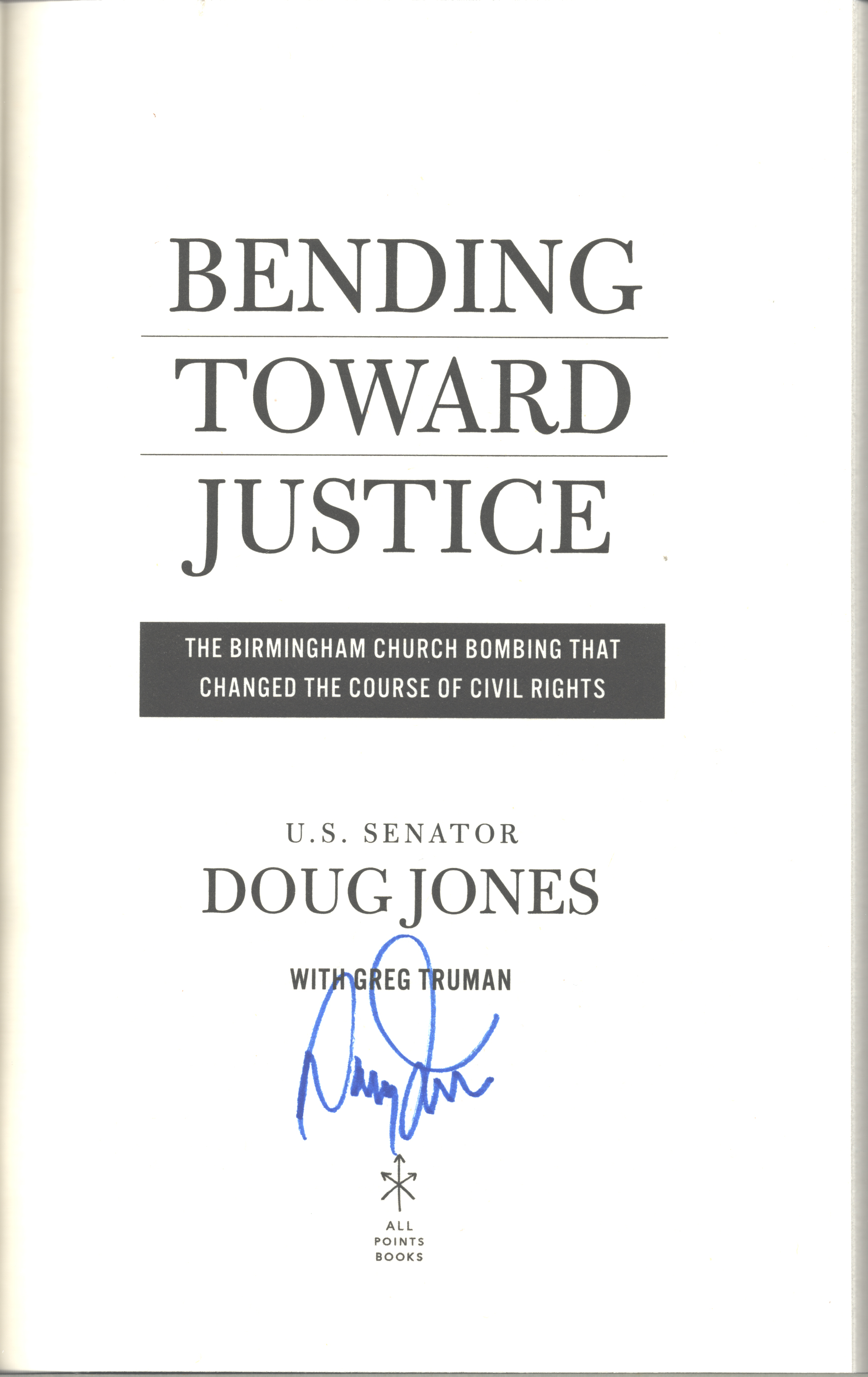Who was convicted in the 1963 Birmingham church bombing?
On the same afternoon that Chambliss's guilty verdict was announced, prosecutor Baxley issued a subpoena to Thomas Blanton to appear in court about the 16th Street Baptist Church bombing. Although Baxley knew he had insufficient evidence to charge Blanton at this stage, he intended the subpoena to frighten Blanton into confessing his involvement and negotiating a plea deal …
What happened to the men who bombed the 16th Street Baptist Church?
Sep 18, 2013 · Latest Stories. Donald Cochran, professor of law at Belmont University, will discuss the prosecution of Bobby Frank Cherry, who was convicted in …
Who are the victims of the Birmingham church bombing?
Mar 05, 2022 · Jones started his legal career as an assistant U.S. attorney. In 1997, President Bill Clinton nominated him as the U.S. attorney for the Northern District of Alabama, where he prosecuted the Birmingham bombing cases. According to Jones, there were significant challenges to prosecuting a case almost 40 years old—it was a race against time, he said.
What is Bill Baxley's book on 16th Street Baptist Church bombing?
Jan 07, 2006 · Thomas Blanton Jr., 62, was convicted of four counts of first-degree murder in the Sept. 15, 1963 bombing of the Sixteenth Street Baptist Church in Birmingham. Blanton was sentenced to life in prison.

What was the bombing of the 16th Street Baptist Church?
Michael Ochs Archives/Getty Images. The 16th Street Baptist Church bombing was an act of domestic terrorism carried out by known white supremacist members of the Ku Klux Klan on Sunday, September 15, 1963, at the predominantly African American 16th Street Baptist Church in Birmingham, Alabama.
What happened on September 15, 1963?
Seconds later, a powerful bomb exploded under the church’s front steps near the basement.
When was the first black church in Birmingham?
Founded in 1873 as the First Colored Baptist Church of Birmingham, the 16th Street Baptist Church was Birmingham’s first predominantly Black church. Located near city hall in the heart of the city’s commercial district, the church served as the primary meeting place and social center for Birmingham’s African American community.
What was Birmingham like in the 1960s?
In the early 1960s, Birmingham was viewed as one of the most racially segregated cities in the United States. The mere suggestion of racial integration was immediately rejected by the apartheid-like all-white city leadership. The city had no Black police officers or firefighters and all but the most menial city jobs were held by whites. Throughout the city, Blacks were forbidden to use public facilities like parks and fairgrounds except on designated “colored days.”
What happened to Martin Luther King's brother?
The next day, the home of Martin Luther King, Jr.’s brother A. D. King, was damaged by a bomb. On August 20 and again on September 4, the home of NAACP attorney Arthur Shores was firebombed.
What was the Children's Crusade?
On May 2, 1963, thousands of Birmingham area students from age 8 to 18, trained by the SCLC in non-violent tactics, set off from the 16th Street Baptist Church on the “Children’s Crusade” march to city hall to try to convince the mayor to desegregate the city.

Birmingham, Alabama, in 1963
Why The 16th Street Baptist Church?
- Founded in 1873 as the First Colored Baptist Church of Birmingham, the 16th Street Baptist Church was Birmingham’s first predominantly Black church. Located near city hall in the heart of the city’s commercial district, the church served as the primary meeting place and social center for Birmingham’s African American community. During the 1960s, the church regularly hosted ci…
The Children’s Crusade
- On May 2, 1963, thousands of Birmingham area students from age 8 to 18, trained by the SCLC in non-violent tactics, set off from the 16th Street Baptist Church on the “Children’s Crusade” march to city hall to try to convince the mayor to desegregate the city. While the children’s protest was peaceful, the city’s response was not. On the first day of the march, police arrested hundreds of …
The Church Bombing
- At approximately 10:22 a.m., on the morning of Sunday, September 15, 1963, the 16th Street Baptist Church’s Sunday school secretary received a telephone call during which an anonymous male caller simply said “three minutes.” Seconds later, a powerful bomb exploded under the church’s front steps near the basement. At the time of the blast, about 200 church members—m…
Aftermath and Investigation
- Soon after the bombing, the streets around the 16th Street Baptist Church filled with thousands of Black protesters. Violence broke out around the city after Alabama Governor George Wallace, who had promised voters, “Segregation now, segregation tomorrow, segregation forever,” sent 300 state troopers and 500 National Guardsmen to break up the demonstrations. Dozens of proteste…
Legislative Response
- While the wheels of the criminal justice system turned slowly, the effect of the 16th Street Baptist Church bombing on social justice was swift and significant. The bombing moved James Bevel, a prominent civil rights leader and SCLC organizer, to create the Alabama Project for Voting Rights. Dedicated to extending full voting rights and protections to all eligible Alabama citizens regardle…
Popular Posts:
- 1. what is salary for js-12 attorney
- 2. how to give someone power of attorney over a child
- 3. was does an attorney call when the contendant when a question leads to an answer.
- 4. attorney who cahrges flat fee
- 5. where does commonwealth's attorney 8th judicial circuit christopher cohron live?
- 6. attorney who worked on yogurt shop murders
- 7. questions for defense attorney when your innocent of charges
- 8. what episode of the blacklist does lizzy shoot the attorney
- 9. how to hire a real estate attorney
- 10. when dissolving corporation must attorney general be notified in georgia